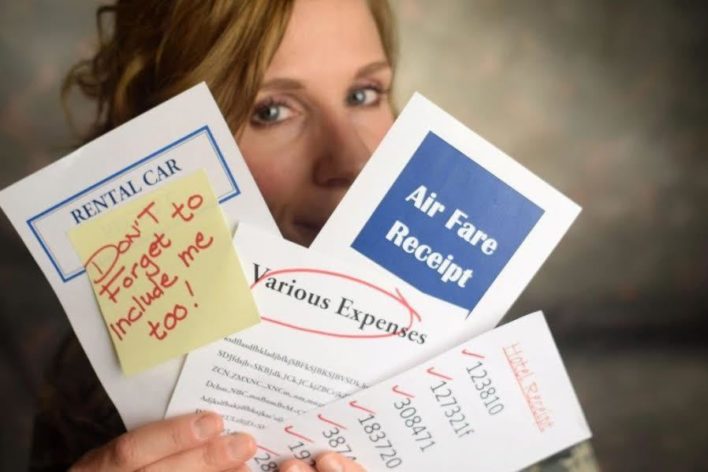The Defense Travel System (DTS): An Overview

DTS: Informational Guide for the Defense Travel System
The prospect of traveling and seeing the world is one of many draws of service in our nation’s military. Whether it involves changing duty stations, deploying, or conducting official business such as training or retirement out-processing, travel is a reality for both military members and Department of Defense (DoD) Civilian personnel. The Defense Travel System (DTS) is a fully integrated, automated, end-to-end travel management system that enables United States Department of Defense travelers to create authorizations, Temporary Duty Travel (TDY) orders, prepare reservations, receive approvals, generate travel vouchers, and receive a split reimbursement between their bank accounts and the Government Travel Charge Card (GTCC) vendor. DTS operates at over 9,500 total sites worldwide, and on average, DTS processes more than 25,000 transactions daily, with approximately 100,000 unique users accessing it. The traveler can access DTS via a single web portal available 24 hours a day, seven days a week.
What Is DTS?
DTS provides full functionality, accessibility, and security when processing travel documents. You may search for airline, hotel, car rental, and rail availability as well as gather other details to plan a trip. Real-time reservations for air, lodging, and rental cars are built into DTS to provide easy access to commercial travel service information. The system streamlines workflow and processes to improve efficiency and productivity. DTS meets the major functional requirements of the DoD and serves the needs of all users and travelers. A Common Access Card (CAC) is needed to access the site. The following is a brief informational guide on three areas of DTS that often create conflict for DoD personnel.
Logging Into DTS
Logging Into DTS. Before you can access DTS, you will need to ensure your web browser is fully compatible, obtain a digital PKI certificate, and contact your Defense Travel Administrator (DTA) about setting up an account. You must have an active DTS profile to log into DTS. Although you can create your own profile as part of the login process, your organization may prefer to have a DTA create a profile for you. Note: If you unintentionally create a self-registration profile, you can remove the entry. The most common reason for profile rejection is entering the wrong DTS Organization. If you enter the wrong organization, your self-registration request will be routed to the incorrect DTA, which does not recognize you, and therefore, the DTA will not accept the request. The DTA will reject the submission, providing comments explaining that you selected the wrong organization, and advise you to contact your DTA or supervisor for assistance. Once you make the corrections, resubmit the profile. Your Component Representatives can also provide more information on DTS. You can find contact information for your Component Representatives here. For more info, please go here.
Creating an Authorization
Creating an Authorization. A DTS authorization captures information regarding an upcoming TDY (locations, should-cost estimates, and travel information). Essentially, the authorization serves as a means of informing everyone who needs to know when you will be away, where you will be working, and how much you anticipate your trip will cost. When you create a TDY authorization in DTS, the system accesses database information from your DTS personal profile, your organization’s budget, and DoD travel regulations to help streamline the document creation process.
Creating a Voucher
A voucher is a claim for reimbursement of actual expenses you incurred and payment of allowances you earned while you were TDY. When you create a voucher in DTS, the system populates it with information from your approved DTS authorization. DTS lets you create a voucher before or during your TDY, but you cannot sign it until your trip is complete. DoD policy mandates travel voucher submission within five working days of returning from TDY. Information on authorizations includes (by design) cost estimates and assumptions about an upcoming trip. Since the voucher must always reflect accurate cost and trip information, you must update the voucher from estimated charges to actuals based on the trip. In other words, your primary responsibility on a voucher is to make changes to it. Note: DoD travelers must stay within the constraints of the authorization order, unless otherwise authorized by the Authorizing Official (AO). Failure to follow this guideline could result in out-of-pocket expenses at the traveler’s cost that may not get reimbursed.
DTS Training
In addition to providing a wide variety of on-demand and scheduled training, the Defense Travel Management Office (DTMO) publishes numerous useful resources, including manuals, Guides, and trifold brochures that clarify various aspects of official travel.
DTMO offers both web-based Training and Distance Learning for DoD personnel. All courses are offered through Travel Explorer (TraX). To access TraX, users must register through Passport, DTMO’s web portal. DTS can be a complicated system; however, with the resources and training provided by the DTMO, the DoD traveler can ensure that travel pay is one stress they do not have to worry about.
RELATED:
About the author
Julie Provost is a freelance writer, and blogger. She lives in Tennessee with her National Guard husband and three boys.


